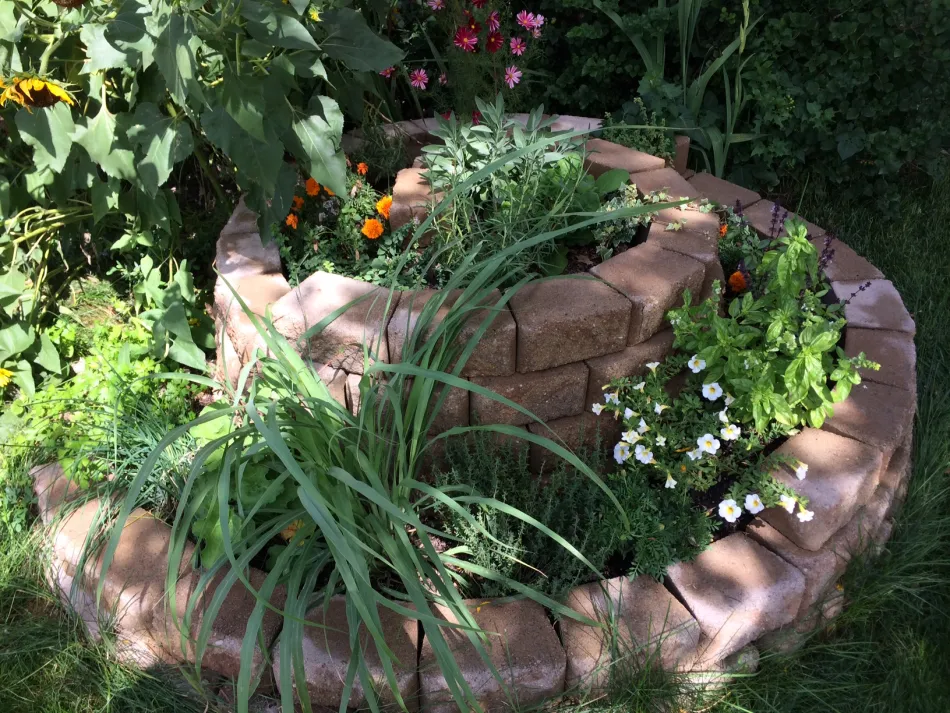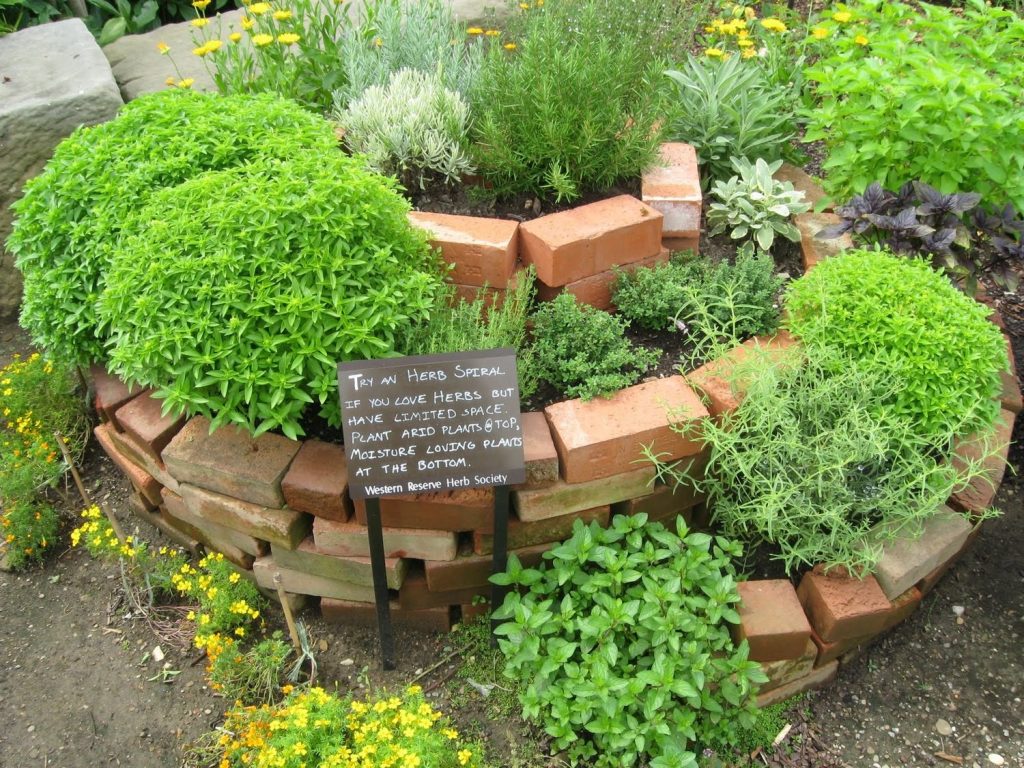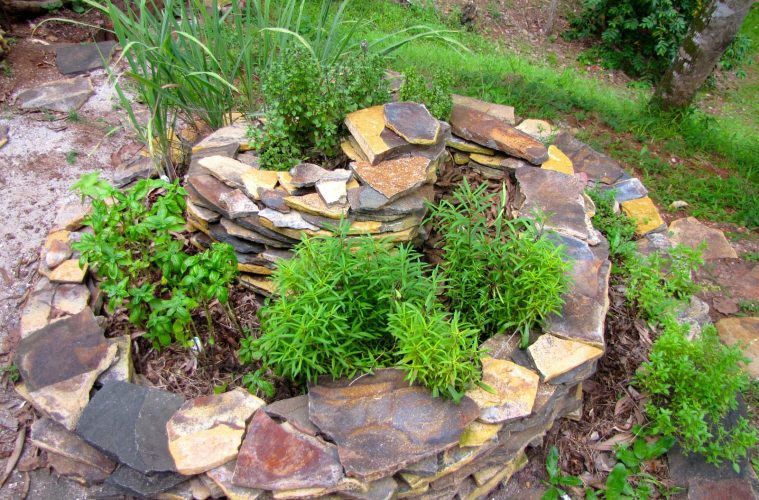As growing your own food becomes increasingly popular, many people are revisiting traditional gardening methods that have been used for generations. One such technique is building a spiral herb garden bed, which allows you to grow a diverse range of herbs while conserving space in your yard.
A spiral herb garden is not only space-efficient but also offers various benefits for the plants. This design enables you to plant both sun-loving and shade-tolerant herbs in the same bed, ensuring each plant thrives in its ideal conditions. Additionally, the raised nature of the spiral bed makes it easier on your back when harvesting your herbs.
Here’s a step-by-step guide to creating your own spiral herb garden:
What is a spiral herb garden?
A spiral herb garden is a unique layout that uses a spiral design, starting with a raised center that gradually winds down in a circular pattern filled with herbs. This structure maximises space, utilises gravity to manage water flow, and creates microclimates that support a variety of herbs in one compact garden.
Spiral herb gardens can also be visually appealing. According to gardening expert and CEO of Gardenuity, Donna Letier mentioned in an article published by Martha Stewart, the design should complement your home. “For a modern home, cinder blocks or concrete work well. If your home has a more traditional feel, consider using bricks or stones,” says Donna.
Materials you’ll need
- A sunny spot in your yard
- Gravel
- Soil
- Compost
- Herbs of your choice
- Mulch
- Handheld garden tools (shovel, spade)
- Gardening gloves
- Building materials for the spiral (stones, bricks, or cinder blocks)

Image credit: Unsplash
Steps to build a spiral herb garden
Choose the perfect location
The first step is to find an ideal location for your spiral herb garden. “Pick a spot you’ll enjoy seeing daily, as regular attention will keep your herbs thriving,” advises Letier. Ensure the location receives at least six hours of sunlight each day.
Prepare the ground
Once you’ve chosen the location, prepare the ground by laying down a layer of gravel. This will form the foundation of your spiral and improve drainage.
Construct the spiral
Start by laying out the stones or bricks in a single layer to outline the spiral’s shape. The size is up to you, but a spiral that’s about 4 feet wide and 3 feet high is manageable. Gradually build up the spiral by stacking the stones or bricks, decreasing the height as you move outward.
Add soil and compost
Fill the spiral with a mix of soil and compost. Be mindful of the herbs you’re planting, and select varieties that suit the light and moisture levels of each section of the spiral.
Plant your herbs
Plant fully rooted herbs rather than starting from seed. Place sun-loving herbs like rosemary and thyme at the top, and moisture-loving herbs such as mint, sage, and chives on the lower levels.
Mulch
Apply a layer of mulch around the herbs to help retain moisture, reduce weeds, and improve drainage.
Maintain your garden
To keep your spiral herb garden in top shape, water your herbs regularly, preferably in the morning, and harvest frequently to promote growth. Seasonal maintenance includes trimming and harvesting herbs to ensure plant health.
For those with limited space or who wish to build a spiral herb garden on a patio or balcony, Letier suggests using grow bags instead of traditional materials like stones or bricks. Grow bags are portable, save space, and promote healthy root systems through better drainage and aeration.

Image: Western Reserve Herb Society
Benefits of a spiral herb garden
Beyond its visual appeal, a spiral herb garden offers several practical benefits. It provides a convenient source of fresh, seasonal herbs, and can serve as an eye-catching focal point in your garden.
Water efficiency
The spiral design naturally manages water flow, conserving water as the upper-level plants are watered, with the excess trickling down to nourish the lower-level herbs. This gravity-fed system reduces the need for excessive watering.
Microclimate creation
The varying levels of the spiral create distinct microclimates, allowing you to grow a wider range of herbs in one garden bed. Sun-loving herbs thrive at the top, while the middle and lower levels accommodate herbs that prefer partial shade or higher moisture levels.
Optimised space usage
Spiral herb gardens make the most of small spaces, enabling you to grow more herbs in a compact area compared to traditional flat beds. “Spiral gardens align with principles of urban design, functionality, and sustainability,” says Letier.
By following these steps, you can create a beautiful and functional spiral herb garden that maximises space, conserves resources, and provides fresh herbs throughout the year.
ALSO SEE: YOUR GUIDE TO GROWING HERBS INDOORS
Image: Pexels


